Source: treehugger.com
Published: April 4, 2012
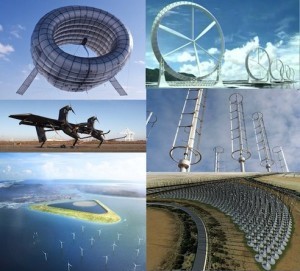
TreeHugger/Screen capture

Our economy has an insatiable appetite for energy, and because of the negative side effects of fossil fuels, the quicker that we can supplement and/or replace petroleum-based power sources, the better. Wind power is a great way to generate clean renewable energy, and the innovations in wind technology being pursued over the last year or so are a reminder that with the right tools, we can turn the movement of the air above us into fuel for our energy-hungry lifestyles.
1. Airborne Wind Turbines:
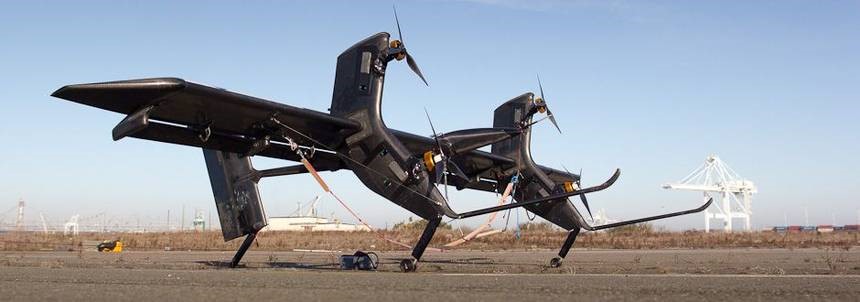
© Makani Power
Makani Airborne Wind Turbine: The Makani Airborne Wind Turbine (AWT) can access stronger and more consistent wind at altitudes near 1,000 feet, which means that 85% of the US could have viable wind resources using the device (compared to just 15% using current turbine technology). The Makani turbine could also be deployed in deep offshore waters, which could lead to access to a renewable energy resource four times greater than the entire country’s electrical generation capacity.
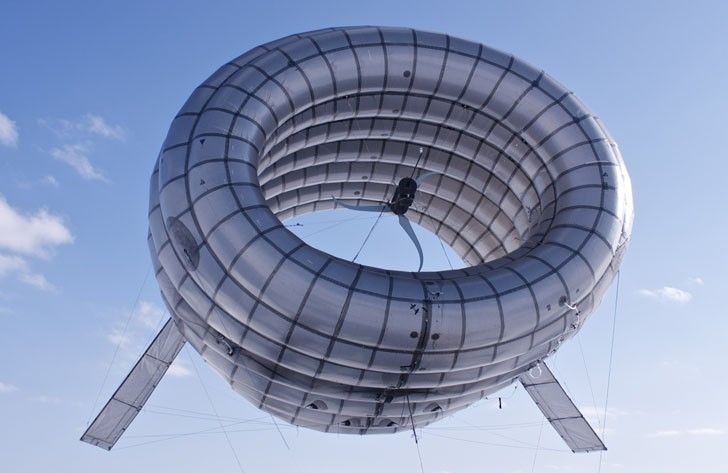
© Altaeros Energies
Altaeros Airborne Wind Turbine: The Altaeros device uses a helium-filled, inflatable shell to enable it to ascend to high altitudes, which give it access to stronger and more consistent winds than tower-mounted turbines, and the generated power is sent to the ground via tethers. The company says their product could reduce energy costs by up to 65% by harnessing those high altitude winds, and due to the unique design, installation time can be reduced from weeks to just days.
2. Power from Low Speed Winds:
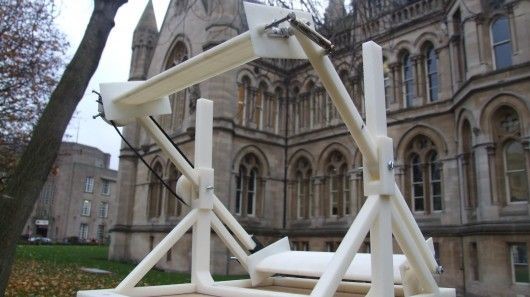
© Wind Power Innovations
Wind Harvester: The new Wind Harvester is based on a reciprocating motion that uses horizontal aerofoils similar to those used on aeroplanes. It is virtually noise-free and can generate electricity at a low speed, which may result in less opposition to new installations. It will also be operational at higher wind speeds than current wind turbines.
3. Bladeless Wind Power:
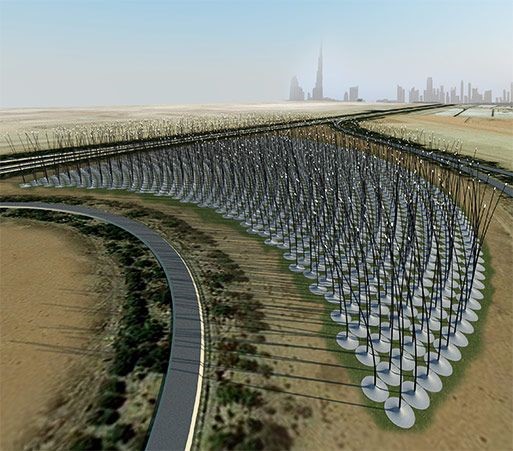
Atelier DNA/Promo image
Windstalk: Within each hollow pole is a stack of piezoelectric ceramic discs. Between the ceramic disks are electrodes. Every other electrode is connected to each other by a cable that reaches from top to bottom of each pole. One cable connects the even electrodes, and another cable connects the odd ones. When the wind sways the poles, the stack of piezoelectric disks is forced into compression, thus generating a current through the electrodes.
4. Wind Turbine Lenses:
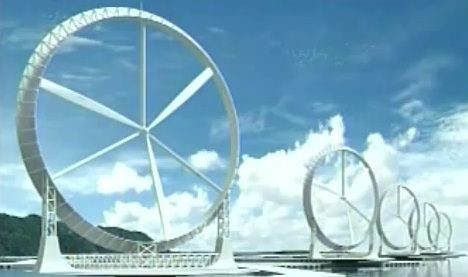
Wind Lens: Japanese researchers say that they’ve discovered a simple way to make wind turbines up to three times as efficient. By placing a ‘wind lens’ around the turbine blades, they claim that wind power could become cheaper than nuclear.
5. Vertical Axis Turbines:
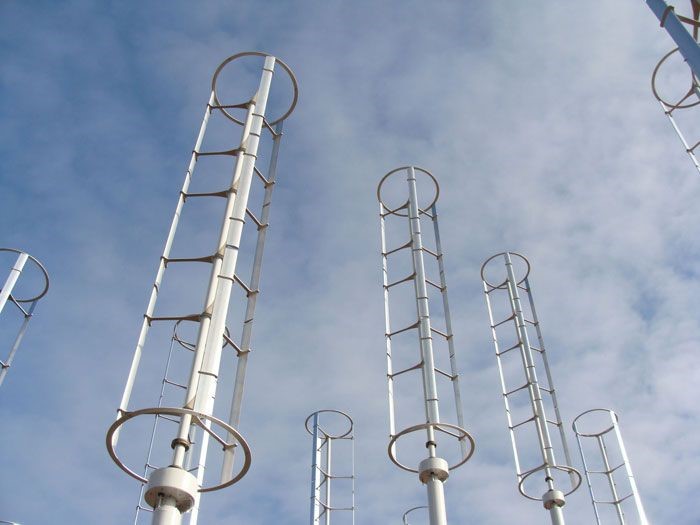
© Windspire
Windspire: The standard Windspire is 30-feet tall and 4-feet wide, designed to come in under the typical 35-foot height restrictions of local municipalities. Due to the vertical axis design, sound levels were tested at 6 decibels above ambient, rendering it virtually inaudible and the 1.2kW Windspire installed at the [Beekman 1802] farm will produce approximately 2000 kilowatt hours per year in 11 mph average wind.
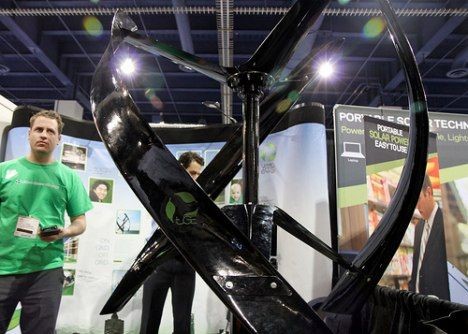
Eddy Turbine: The eddy turbine is sleek in design, and is safe in wind speeds up to 120 mph. It’s cut-in wind speed is 3.5 meters per second, and cut-out speed is 30 meters per second. This particular turbine can generate 600 watts, and is intended to be combined with a solar array as a little boost of energy from the breeze.
6. Quiet Wind Turbines:
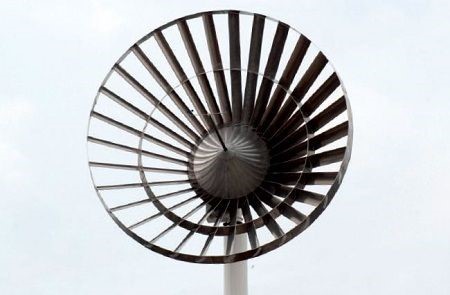
YouTube/Video screen capture
Eco Whisper Turbine: Want wind power, but think that those tri-bladed behemoths are just too loud? Well then, Australia Renewable Energy Solutions has just the thing for you: The Eco Whisper wind turbine. This sharp-looking little contraption may only have a 20 kW generating capacity, but the company claims that the turbine is “virtually silent”. It’s also, allegedly, more efficient.
7. Wind Power Storage:
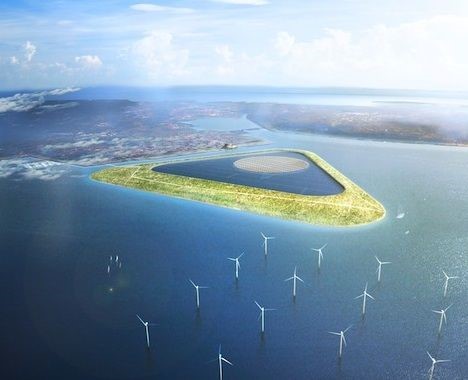
Manmade Island Wind Battery Concept: The Green Power Island makes use of pumped hydro, a storage strategy that’s already in wide use. Conventional pumped hydro systems use vertically separated reservoirs to utilize the power of water and gravity; during times of low demand (off peak), water is pumped using excess energy from the lower to the upper reservoir. As demand increases, the water is allowed to flow downhill into the lower reservoir, generating electricity in the process.
8. Community-Owned Wind Power:
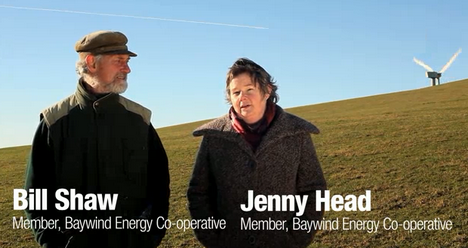
Baywind Energy Cooperative: Built in 1996, the wind farm was the first community-owned wind installation in the UK, and generates around 10,000MWh of electricity each year—enough to power around 30,000 homes. In addition to providing an income and clean energy for its members, the initiative also channels funds into educational visits and environmental books for local schools.
9. Multipurpose Offshore Wind Turbines:

© Ecofys
Seaweed Farms: A Dutch company, Ecofys, is leading a project that, if the whole crazy scheme pans out, would turn offshore wind farms into actual farms. The company thinks seaweed might be cultivated around offshore wind turbines and harvested “for the production of fish and animal feed, biofuels and energy.”
Wind technology is leaping ahead all the time, and while some of these innovations are just concepts at the moment, others are either in prototype or testing phases and could enter the energy market in the near future. From offshore wind and residential turbines to community-owned turbines, these advancements in wind power are exciting news for the future of renewable energy.
© Ecofys
Seaweed Farms: A Dutch company, Ecofys, is leading a project that, if the whole crazy scheme pans out, would turn offshore wind farms into actual farms. The company thinks seaweed might be cultivated around offshore wind turbines and harvested “for the production of fish and animal feed, biofuels and energy.”
Wind technology is leaping ahead all the time, and while some of these innovations are just concepts at the moment, others are either in prototype or testing phases and could enter the energy market in the near future. From offshore wind and residential turbines to community-owned turbines, these advancements in wind power are exciting news for the future of renewable energy.
[/et_pb_text][/et_pb_column][/et_pb_row][/et_pb_section]
